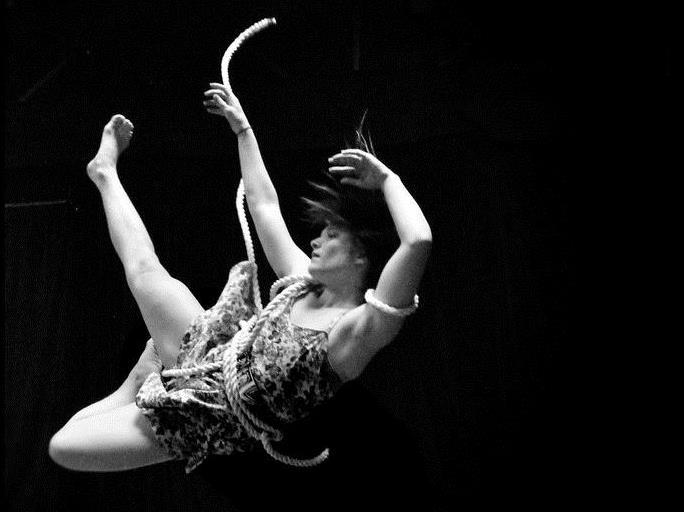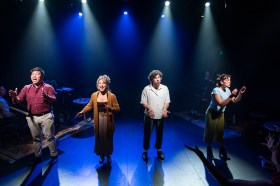Morgan True, photo by Rosie Chesney Photo: Kickstarter
Many people struggle a little, emotionally and psychologically, when they retire; for dancers, whose identity and sense of self is so much defined by their physicality, retirement can hit even harder. As David McAllister, Artistic Director of the Australian Ballet observes: ‘When you stop dancing your body changes; you become physically a different person. So your whole identity completely changes.’





